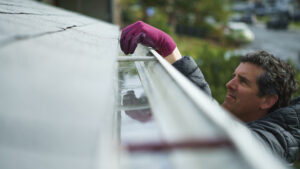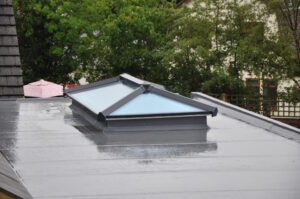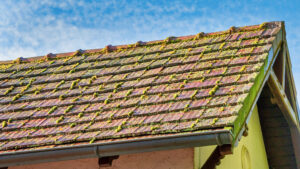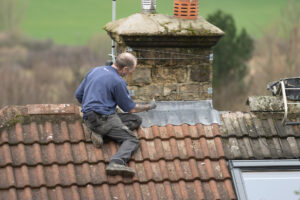Are you thinking about getting your roof replaced? Consider what else needs to be upgraded in your house, particularly the insulation in your roof and the decking. Does the insulation need to be changed, fixed, or removed before the roofer begins? Let us assist you with roof foam insulation installation or repairs to ensure that your roofing replacement goes smoothly.
Inspection of a foam roof
It’s important to inspect your foam roof once a year to find any cracks or breaks in the covering before they get bigger. It might be essential to perform a quick patchwork, which will be far less expensive than a full recoat. Furthermore, the surface may be punctured by tiny limbs or branches that are carried by strong winds. Another possible issue is bird nests, as they may build a nest inside the foam of your roof.
Although substantial repairs are rarely necessary for years on end, a foam roof eventually has to have its materials replaced. Experts advise giving your roof a thorough cleaning and reapplication every five to 10 years. Your foam roof needs to be thoroughly inspected both once a year and during severe weather occurrences. Whether you’re replacing your foam roof professionally or doing a do-it-yourself repair, you must inspect the upper layer for holes and cracks.
Types of Roof Insulation
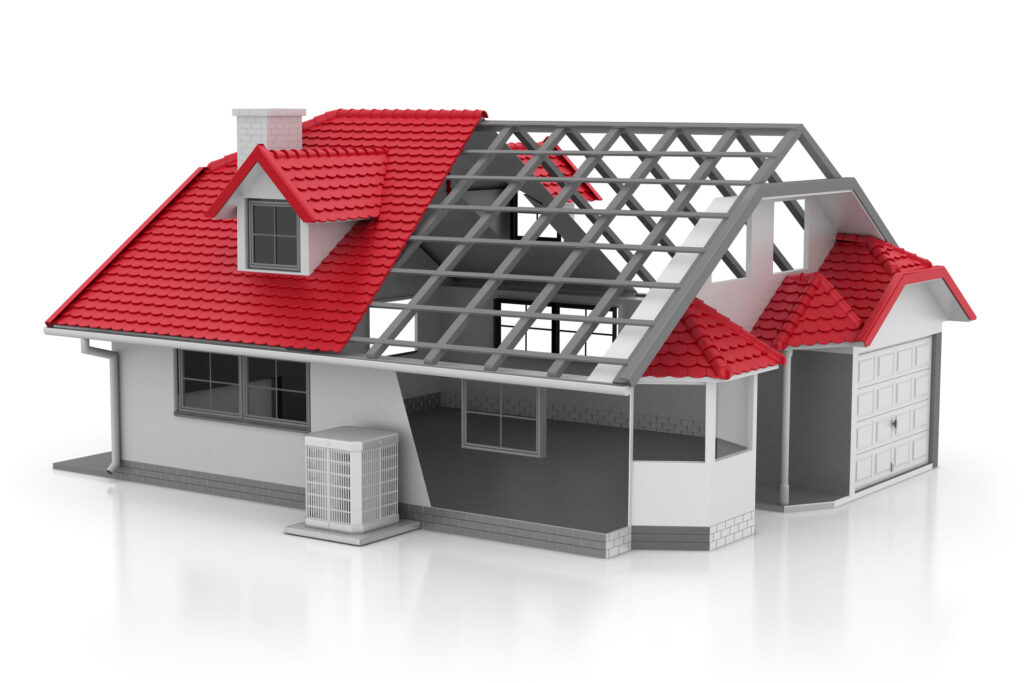
There are many different kinds of roof insulation available, such as loose-fill or blown-in insulation, foam board insulation, spray foam insulation, and insulation in the form of rolls and batts. The installation process entails choosing the right insulation and getting the roof ready for it.
Spray foam insulation
An extremely useful and adaptable choice for insulating walls, floors, and roofs is spray foam insulation. Since it’s composed of polyurethane, installation may be done more quickly and easily by spraying it straight onto surfaces. By successfully sealing cracks and gaps in the building envelope, spray foam insulation offers superior thermal insulation, assisting in heat retention and lowering energy expenses.
Batts and rolls insulation
One of the most popular forms of roof insulation is batt and roll insulation. It is made out of flexible strands that have been rolled into different widths for ease of installation, like plastic or mineral wool. This kind of insulation works well for both new and old roofs and provides good thermal performance. In the crevices between ceiling joists, batts and rolls, insulation can be put to improve energy efficiency and act as a barrier against heat transfer.
Foam board insulation
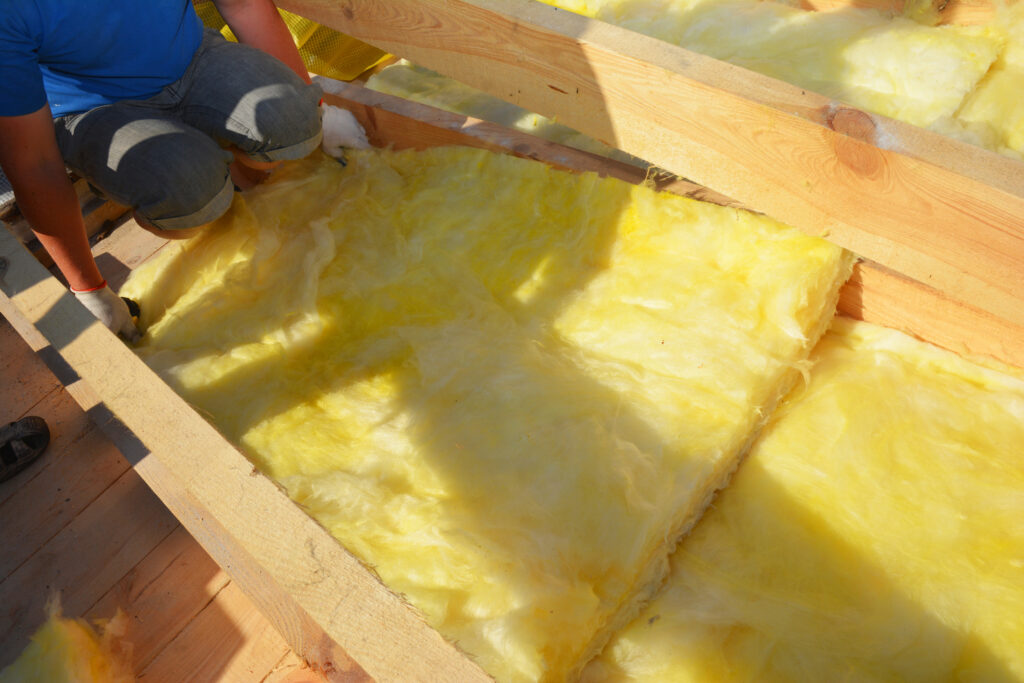
A cost-effective and adaptable choice for insulating your roof is foam board insulation. Installation is simple because it comes in standard sheets that are simply trimmed to fit any location. Foam board insulation offers superior thermal performance by keeping air trapped within its structure.
Loose-fill or blown-in insulation
Loose-fill or blown-in insulation is popular among homeowners who want to increase the energy efficiency of their roofs. This type of insulation is made by blowing fiber pellets or loose fibers into the designated area with pneumatic equipment. Installing loose-fill insulation in enclosed places like walls or unenclosed areas like attics can save money on roof replacement projects.
Roof Foam Insulation Installation
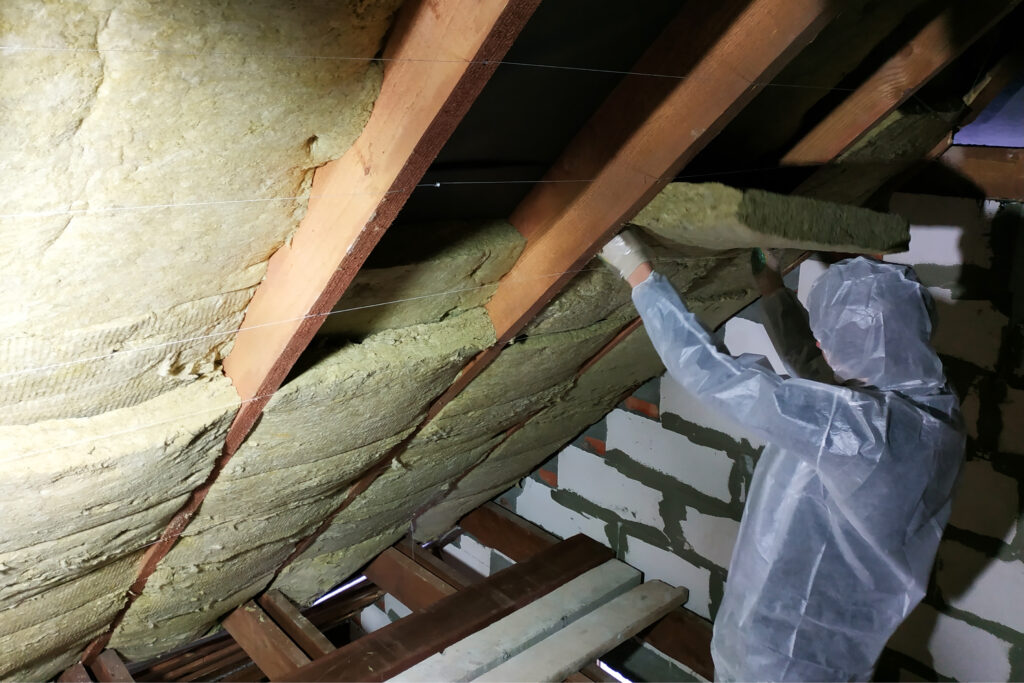
Selecting an appropriate material and prepping the roof surface are necessary steps in installing roof insulation. In order to avoid moisture accumulation and guarantee adequate insulation, ventilation needs to be taken into account.
Choosing the right insulation material
Effective roof insulation depends on the choice of insulating material. There are several choices available, each with unique benefits and features. Polystyrene, polyisocyanurate (polyiso), and polyurethane foam board are examples of materials that are often used and have proven to have thermal resistance. These components can lower energy usage and help you control the temperature in your house or building. The affordability and efficiency of fiberglass insulation products, such as batts and blown-in insulation, contribute to their popularity in halting heat transfer. When choosing the right insulation material for your roof, it’s crucial to consider climate, cost, and effectiveness in order to ensure optimal energy efficiency and comfort.
Preparing the roof surface
You have to properly prepare and clean the roof before applying a polyurethane foam coating. There should be no moss, dust, grime, or other material on the surface. Conducting a thorough moisture survey is necessary to identify areas where moisture is trapped. Any damaged roofing materials or membranes should be repaired in order to prevent overspray from entering the surrounding environment. Gutters and air intake vents need to be clear of debris and functional.
Application of urethane caulking
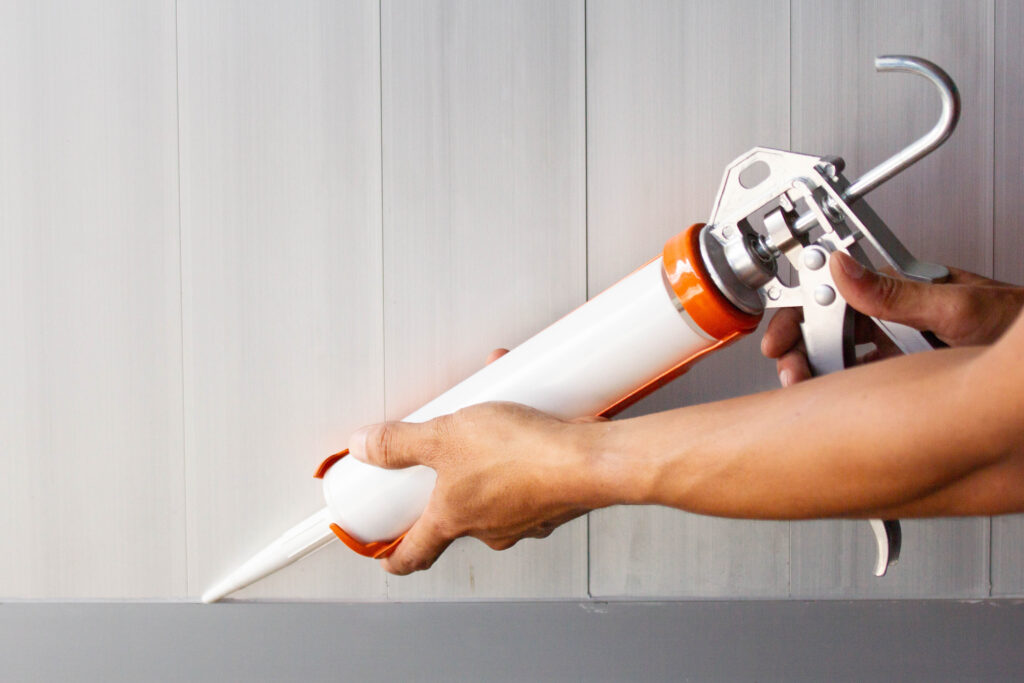
Urethane caulking for foam roofing is most frequently used to seal cracks and blisters. With a caulking gun and a minimal amount of caulking, this kind of repair is easy to complete. Polyurethane caulk should be used for bigger roof penetrations or cracks. Unless they grow to the point where they become a source of leaks, blisters on foam roofs are not a concern. A homeowner can quickly repair them with a razor knife if they are smaller than a golf ball. Nonetheless, a roofing specialist should be consulted for blisters bigger than baseballs.
Localized recoating of the damaged area
Before recoating the damaged area with a suitable solution, it needs to be cleaned of debris and given time to dry. You can apply localized recoating to the damaged area of your foam roof if there are minor cracks. Once the damage has been fixed, a fresh layer of foam can be applied. The need for localized recoating may not exist, depending on the extent of the damaged region.
Why Hire WABO Roofing?
Energy efficiency and financial savings are contingent upon the proper installation of roof insulation. Reduced utility and heating rates can provide homeowners with substantial long-term benefits.
For insulation to be as successful as possible, it is important to hire a reliable and expert roofing contractor like WABO Roofing. Call us today to talk about your roof foam insulation installation or repair!

